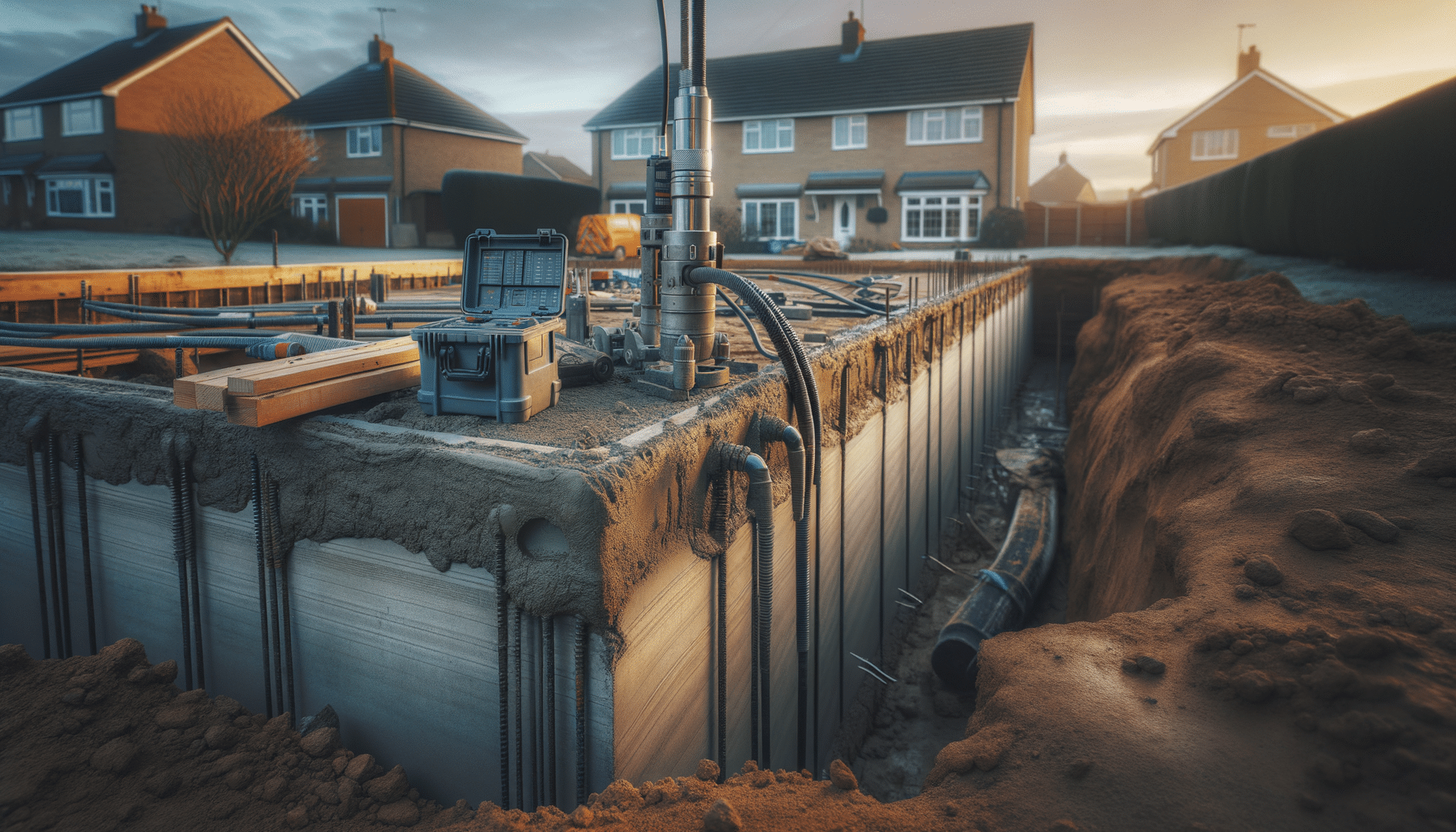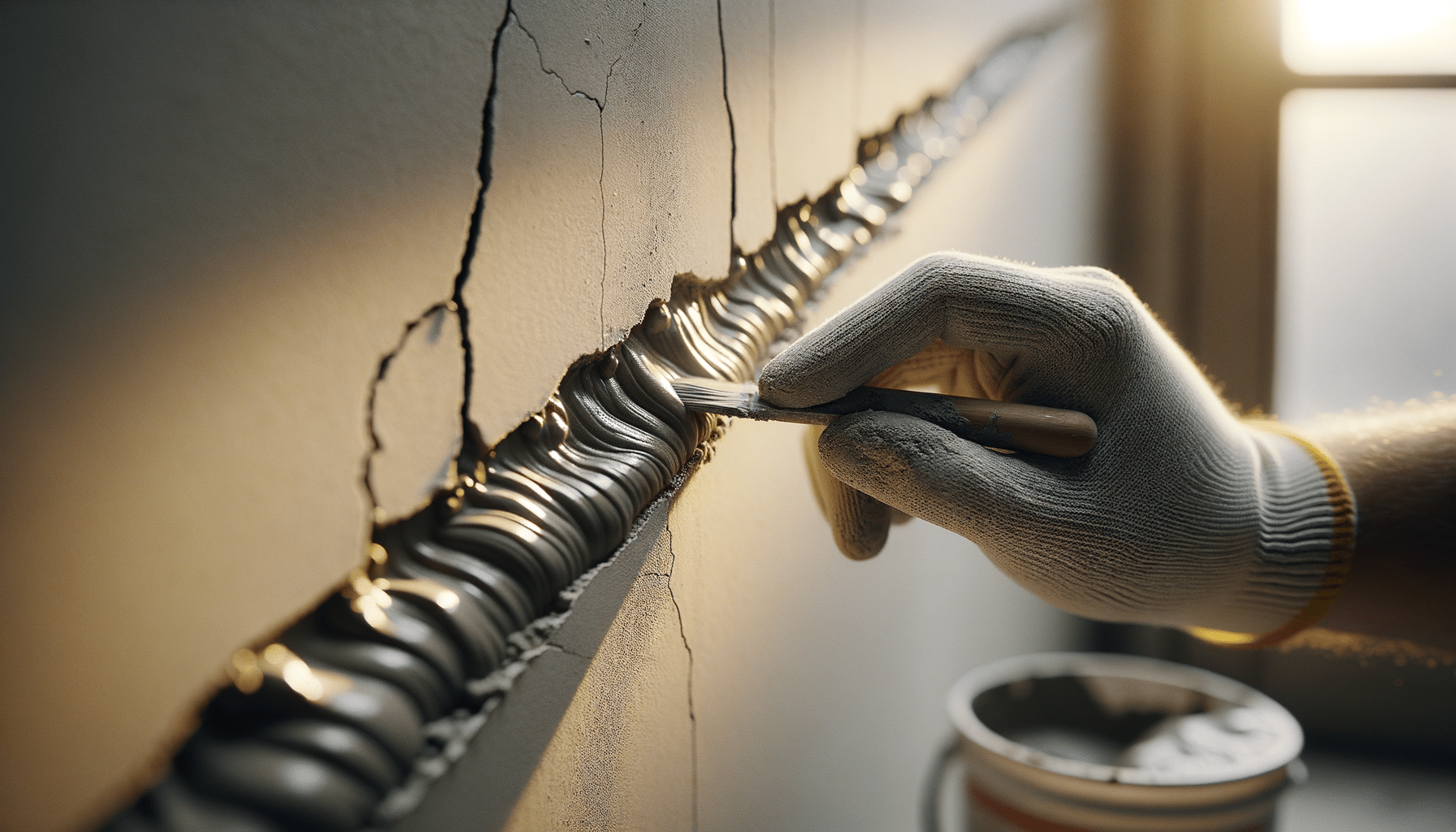
Learn More About Foundation Repair
Introduction to Foundation Repair
Foundation repair is a critical aspect of maintaining a home or building’s structural integrity. The foundation serves as the base for the entire structure, and any issues with it can lead to significant problems, including cracks, uneven floors, and even potential collapse. Understanding the importance of foundation repair can save homeowners from costly damages and ensure the longevity of their properties.
A foundation can be affected by various factors, such as soil conditions, weather changes, and poor construction practices. These factors can lead to foundation settlement or movement, which may require immediate attention. Investing in foundation repair not only prevents further damage but also enhances the value and safety of a property.
Common Causes of Foundation Problems
Understanding the underlying causes of foundation problems is crucial for effective repair solutions. Here are some common causes:
- Soil Movement: The type of soil beneath a foundation can significantly impact its stability. Expansive soils, which swell when wet and shrink when dry, can cause foundation movement.
- Poor Drainage: Inadequate drainage systems can lead to water accumulation around the foundation, causing soil erosion and weakening the foundation’s support.
- Tree Roots: Large trees planted too close to a building can have roots that penetrate and disrupt the foundation.
- Poor Construction: Substandard construction practices, such as inadequate compaction of soil before building, can lead to foundation issues.
Identifying the root cause of foundation problems is essential for selecting the appropriate repair method.
Signs You Need Foundation Repair
Early detection of foundation issues can prevent extensive damage. Here are some signs that indicate the need for foundation repair:
- Cracks in Walls and Floors: Visible cracks in the walls, floors, or ceilings are often the first indicators of foundation problems.
- Uneven Floors: Sloping or uneven floors may suggest foundation settlement or movement.
- Doors and Windows Not Closing Properly: If doors and windows are sticking or not closing properly, it might be due to shifts in the foundation.
- Gaps around Window Frames: Noticeable gaps around window frames or exterior doors can signal foundation issues.
Recognizing these signs early on can lead to timely repairs and prevent further structural damage.
Methods of Foundation Repair
There are several methods for repairing foundation problems, each suited to specific issues. Some commonly used techniques include:
- Slab Jacking: This method involves pumping a mixture beneath the foundation to lift it back to its original position. It is effective for settling or sinking foundations.
- Piering: Also known as underpinning, this method involves installing steel piers deep into the ground to provide support and stabilize the foundation.
- Sealing Cracks: For minor cracks, sealing with epoxy or polyurethane foam can prevent water infiltration and further damage.
- Soil Stabilization: This involves treating the soil around the foundation to prevent movement and improve stability.
The choice of repair method depends on the severity and cause of the foundation problem.
Benefits of Professional Foundation Repair
Hiring a professional for foundation repair offers several advantages:
- Expertise and Experience: Professionals have the knowledge and experience to accurately diagnose and repair foundation issues.
- Long-term Solutions: A professional repair ensures long-term stability and safety of the structure.
- Increased Property Value: Proper foundation repair can enhance a property’s value and appeal to potential buyers.
- Peace of Mind: Knowing that the foundation is secure provides peace of mind to homeowners.
Professional foundation repair is a worthwhile investment that protects your property and ensures its longevity.


